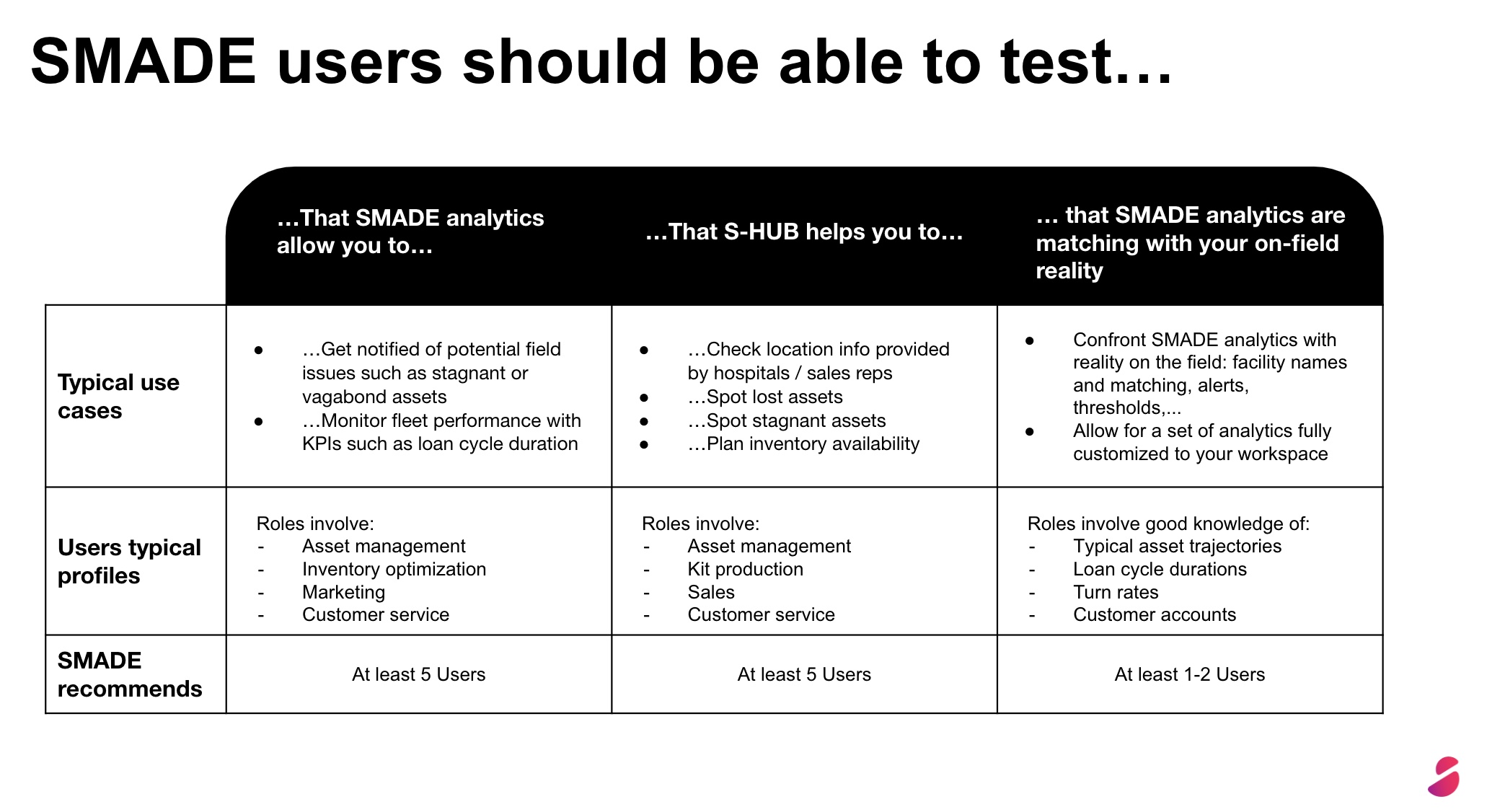Climate change is no longer a distant threat—it’s a public health emergency. From rising respiratory illnesses to climate-driven health inequities, the environmental crisis is hitting hospitals hard. Ironically, the industry meant to heal is also a major contributor to the problem. In the U.S. alone, healthcare accounts for a staggering 8.5% of national greenhouse gas emissions—the highest per capita among industrialized nations.
But within this high-impact sector lies an untapped force for change: sterile processing departments (SPDs). These behind-the-scenes teams—critical to every surgical procedure—are uniquely positioned to lead the charge in healthcare’s sustainability transformation.
A Hidden Powerhouse in the Climate Fight
Sterile processing may not be visible to patients, but it touches nearly every corner of a hospital’s environmental footprint—from energy-hungry steam sterilizers to mountains of disposable packaging. Every tray loaded, every item wrapped, every cycle run contributes to the system’s ecological impact.
And therein lies the opportunity.
By shifting from outdated, waste-heavy practices to smarter, data-driven strategies, SPD professionals can reduce emissions, cut costs, and drive systemic sustainability—without compromising patient safety.
Waste, Wrapped in Good Intentions
Let’s talk numbers. In over 80% of surgeries, a large portion of the instruments on the tray go unused.⁵ These extra tools must still be decontaminated, inspected, packaged, sterilized, stored, and then reprocessed—all consuming human labor, chemicals, energy, and water. It’s a silent but costly inefficiency.
Even packaging plays a pivotal role. A German case study comparing four packaging methods found that reusable rigid containers were not only more sustainable but nearly half the cost per use compared to traditional wraps.³ Multiply that across hundreds of trays a day, and the environmental and financial impact becomes monumental.
And what about waste segregation? Items that could be recycled often end up in regulated medical waste bins—more expensive to process and more polluting.⁴ Misclassification drives up emissions and costs. SPD teams inherit this burden daily—and are best positioned to help fix it.
From Disposable Culture to Circular Future
For decades, infection control protocols pushed the healthcare industry toward disposables. But modern technologies have made high-level sterilization more reliable, traceable, and environmentally viable than ever.
It’s time to revisit the Spaulding classification system—a 1957 framework still guiding sterilization practices today. While groundbreaking at the time, Spaulding wasn’t designed for today’s complex devices or climate challenges. Experts are calling for an overhaul that incorporates sustainability metrics and device design for reusability.⁶
The end goal? A circular economy where products are made to be reused, refurbished, and recycled. This is not a green fantasy—it’s a proven model already gaining traction in Europe and beyond.⁷
SPD in Action: Operational Wins That Matter
Change doesn’t require a capital overhaul. Many of the most impactful interventions are surprisingly low-tech:
- Optimize sterilizer loads: Half-full cycles waste energy and water. Better loading protocols = lower carbon per instrument.²
- Rethink packaging: Transitioning to reusable containers can slash waste and save money.
- Streamline trays: Data-backed tray audits reveal which instruments are never used. Remove them, and reduce processing time, error rates, and resource waste.
- Track energy & water use: Partner with facilities teams to monitor utility consumption and implement preventive maintenance on high-use equipment.
- Foster a green culture: Appoint sustainability champions, run waste audits, and share data-driven dashboards to keep progress visible and motivating.
These aren’t “nice-to-haves”—they’re operational imperatives. Sustainability, done right, improves safety, efficiency, and bottom-line performance.
Policy, Accountability, and the Road Ahead
Change also needs top-down momentum. Unlike the UK’s NHS, which has slashed healthcare emissions by 26% since 1990, the U.S. lacks a cohesive national framework.⁸ SPDs can—and should—advocate for standardized emissions reporting, facility benchmarking, and policy reform that prioritizes sustainability in purchasing and design.
The tools, data, and technologies already exist. What’s needed now is bold leadership from those who understand the stakes and the systems—SPD professionals.
This Is the Moment
Sterile processing teams have always been guardians of patient safety. Today, they must also become guardians of planetary health. With every sterilized tray, every optimized workflow, and every strategic partnership, SPD professionals are shaping the future of sustainable healthcare.
This is not an add-on to quality care—it is quality care.
The climate clock is ticking. And the heroes in scrubs and steel-toed shoes, working behind sterilizers and washers, might just be the ones to turn it back.
Spread the word !
Other posts
February 12, 2025
Discover S-HUB Makalu
It’s been a week since S-HUB Makalu has been released!
Here’s a short video highlighting the key new features of this version!
January 2, 2025
To Produce or To Track? Choosing the Best Strategy in Orthopedics
“To be or not to be” is a question that has transcended centuries. But in the orthopedics industry, it finds its modern-day equivalent: “To produce…
If you love to write about smart healthcare, fill this form to become a writer for ‘In Your hands’.











